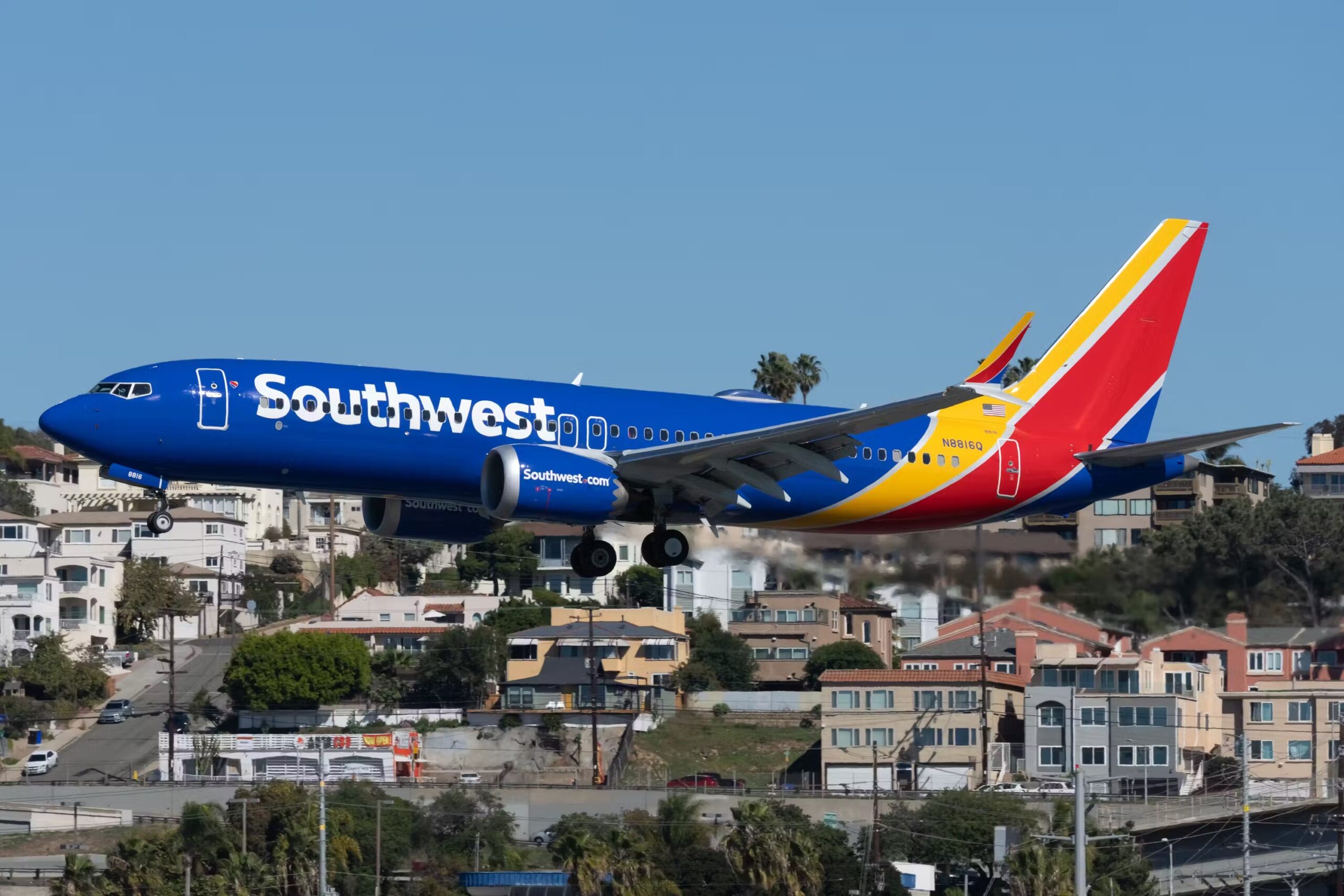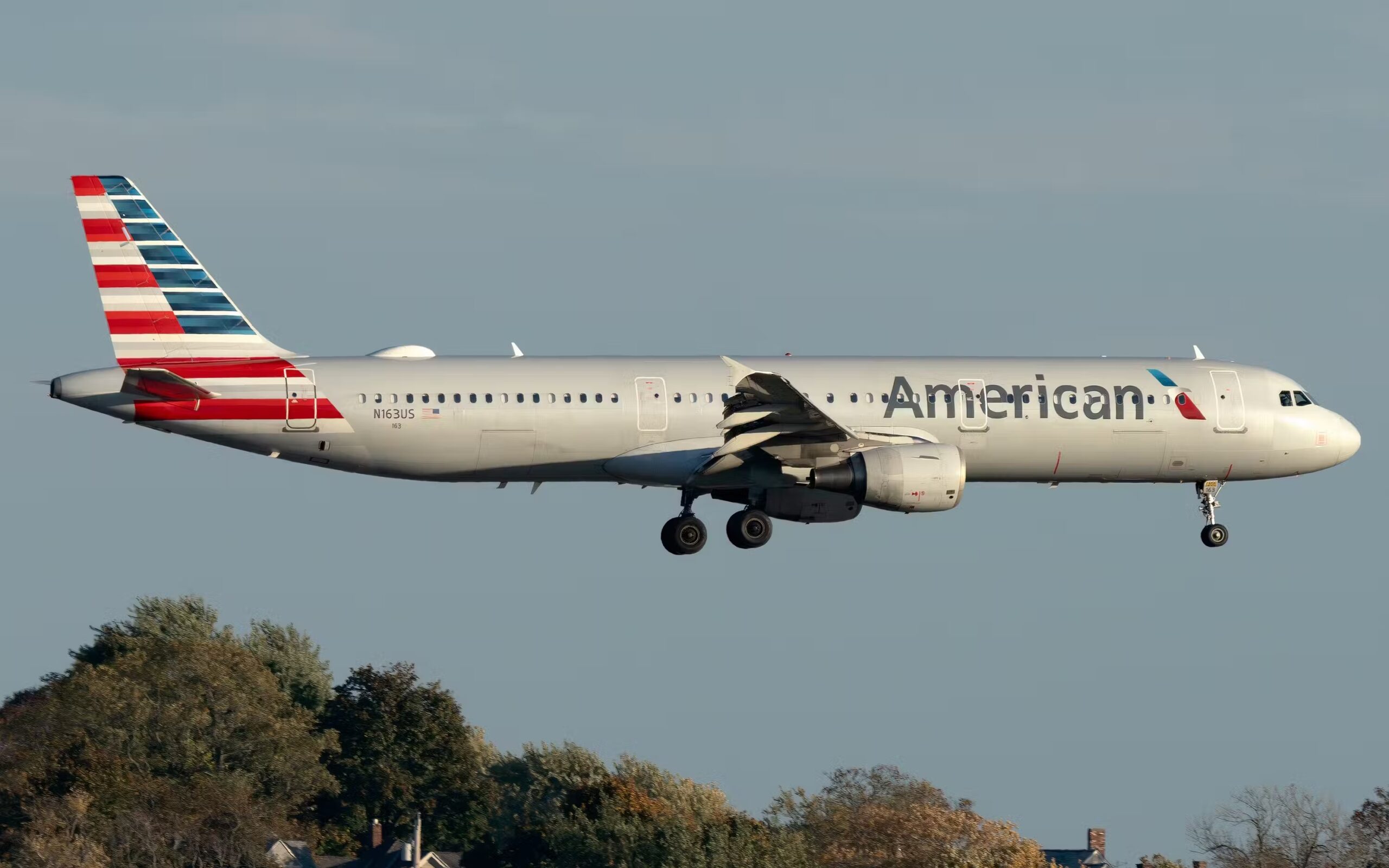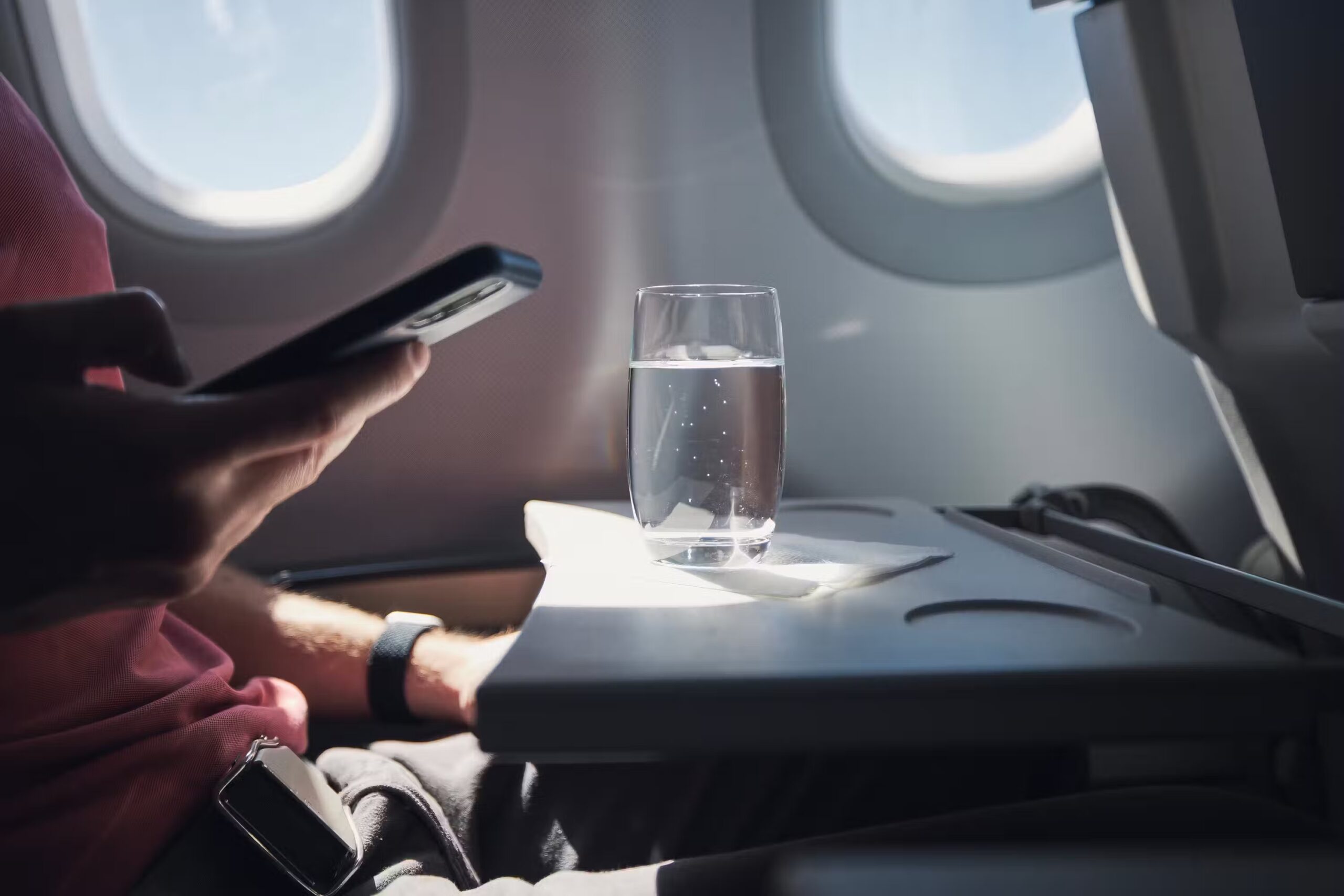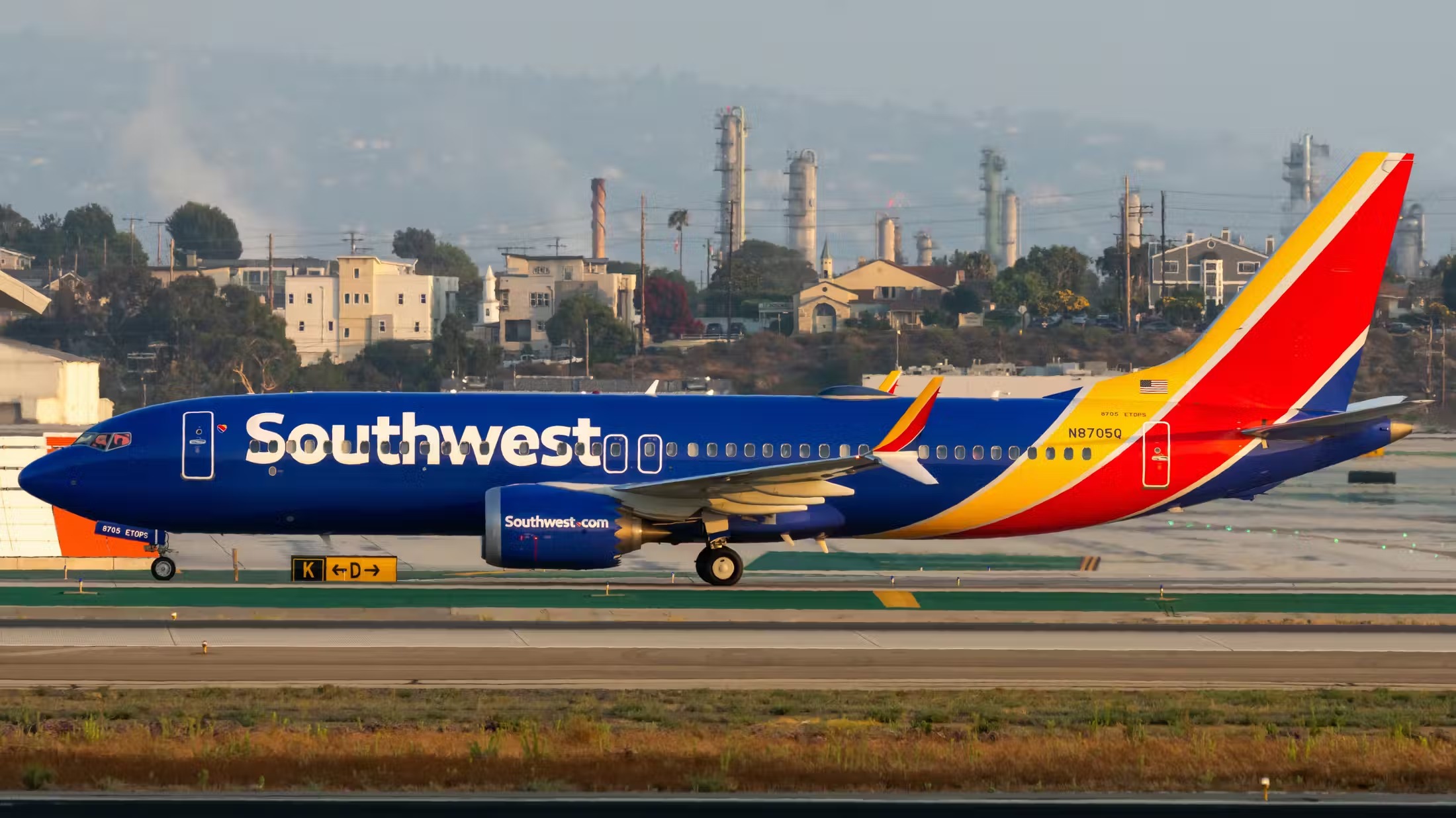A Southwest Airlines flight operating between Chicago and Florida during the weekend experienced a diversion to West Palm Beach due to smoke being observed onboard the aircraft flight deck, emanating from a cell phone. While the aircraft safely diverted and landed in West Palm Beach, the FAA is now investigating the circumstances.
A smoking cell phone
On Sunday, August 4th, Southwest Airlines flight WN-3204, operating a scheduled service from Chicago Midway International Airport (MDW) to Miami International Airport (MIA), had to divert to West Palm Beach International Airport (PBI) because crew members detected smoke onboard the aircraft’s flight deck. As reported by The Aviation Herald, the aircraft completed its diversion and landed in PBI safely and without any further incidents.
While the departure was delayed by 25 minutes, data from FlightRadar24.com indicates that the flight itself was uneventful until the smoke was spotted shortly before landing, which caused the flight crew to decide to divert to a closer airport, landing at PBI around 18:00.

Photo: Vincenzo Pace | Simple Flying
The report further states that the Federal Aviation Administration (FAA) will now investigate the cause of this incident. While the aircraft remained grounded for 18 hours, it eventually took off the next day for Baltimore on what appeared to be a repositioning flight.
Simple Flying has reached out to the airline to know how the passengers affected were accommodated and any further details regarding the cell phone fire incident. Any response received will be updated into this article.
Not the first incident
While this is an isolated incident, less than a month ago, on July 12th, a similar incident occurred, wherein smoke was detected onboard an American Airlines A321 due to fly from San Fransisco to Miami. The main difference, in this case, was that the smoke was detected by passengers and crew before the flight even departed and that the source of the smoke was a lithium-ion battery from a passenger’s laptop going aflame.

Photo: Vincenzo Pace | Simple Flying
In that instance, three passengers were unfortunately injured during the evacuation process.
Looking back further, earlier this year, another such incident occurred when a passenger’s laptop caught fire onboard a Breeze Airways flight from Los Angeles to Pittsburgh, which resulted in the flight diverting to Albuquerque.
Are lithium-ion batteries safe?
As a general rule, Yes! Devices powered by lithium-ion batteries (which most modern devices are) are indeed safe to be carried onboard aircraft as a carry-on. While there are rules stating that larger devices such as laptops cannot be used before taking off or during landing, these regulations exist more for the sake of passenger safety and take into consideration factors such as quick evacuation if required during these critical phases of flight.
However, lithium-ion batteries can suffer from thermal runways, which can cause such fires and are often attributed to the battery/device build quality or even the age of the device. While this is not a threat to flight safety, it is a factor that concerns the aviation industry as a whole.

Photo: Jaromir Chalabala | Shutterstock
Considering that there have been three separate incidents related to personal devices catching fire onboard in such a short time span, it will be interesting to see what findings the FAA gets from its investigation and, if any, what recommendations would be made regarding lithium-ion battery-powered devices.
Source: Simple Flying

Warning: Illegal string offset 'cookies' in /home/u623323914/domains/eng.bayviet.com.vn/public_html/wp-includes/comment-template.php on line 2564